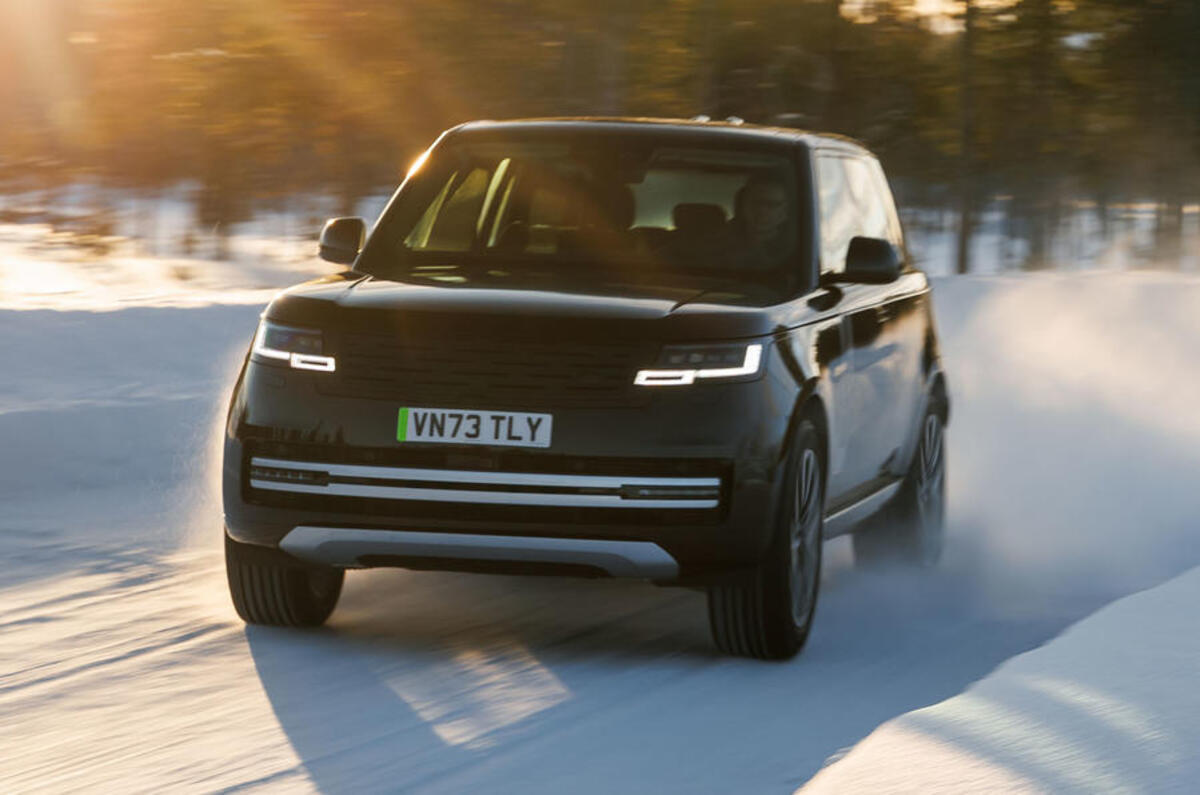JLR will use new battery management software in its upcoming electric cars that is claimed by its maker to boost their range, performance and lifespan – without the need for any additional hardware.
The software developed by Elysia, the battery technology spin-off of Fortescue-owned WAE (previously Williams Advanced Engineering), is used to monitor the health of a particular car’s battery pack, and will first be deployed on the Range Rover Electric coming next year.
Elysia’s software uses artificial intelligence and six proprietary algorithms that are claimed to provide a more accurate picture of the cells’ states of charge, which is said to translate into a better picture of a battery’s overall health.
Tim Engstrom, WAE’s technical lead for advanced batteries, last year told Autocar: “Nearly always, conventional methods overestimate the health of a battery.
“The containment solution that's in place today is to put these big energy reserves or buffers that you're not allowed to use to account for this uncertainty – and there's actually quite a large uncertainty. That's to stop the customer being stuck on the side of the road.
“And if anything, this problem is getting worse as the industry is kind of under pressure to shrink these buffers and to use more and more of the battery to unlock range for their customer and be more competitive.”
By providing a clearer picture of a battery’s health, Elysia’s algorithms could allow manufacturers to shrink these buffers, suggested Engstrom.
They are claimed to yield up to 10% more range, increase battery life by 30% and significantly reduce charging times.

Elysia’s algorithms are also capable of actively adapting a battery’s performance based on its health, providing a more gradual decline in performance over time compared with current technologies.
The firm also offers a fleet monitoring system that uses ‘digital twin’ technology to simulate each cell in each battery across a wide group of cars. This can be used to manage maintenance schedules, warranty periods and battery performance.
“We can simulate all sorts of scenarios automatically to put this insight into something that we really understand, like the range of the vehicle in summer or winter, or the charge time, as that battery degrades,” said Engstrom.
“Ultimately, where we see this going is this platform being used to inform the bespoke calibration of the battery management parameters according to the individual risks, opportunities and health status.”
JLR product engineering chief Thomas Müller highlighted the analytical potential of Elysia’s tech, saying: “As the industry transitions towards electrification, collaborations such as these are paramount, as we look to further enhance the safety, performance and lifetime of our batteries.”







Join the debate
Add your comment
What would be simpler is to officially call 80% charge fully-charged and only advise the user to charge to 100% actual charge it if they really need to or are in dire straits, much as I suspect people instinctively do with an ICE car by not driving around with a full tank all the time. That's the nature of lithium/alkali-metal based batteries, and the auto industry and the end user better get up to speed about what they are embarking on.
Yes, but going below 20% charge is also bad. That leaves us only the 60% in the middle.
60% of an already short range (escpecially in winter) is awful.
I hope there will come batteries that don't have these issues or that hydrogen/synthetic fuels eventually becomes cheap enough.